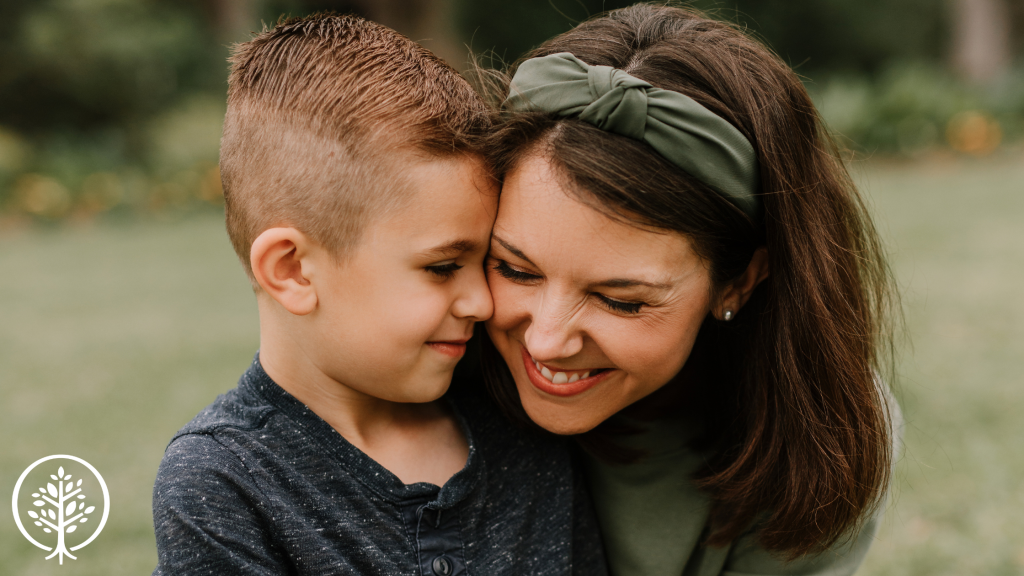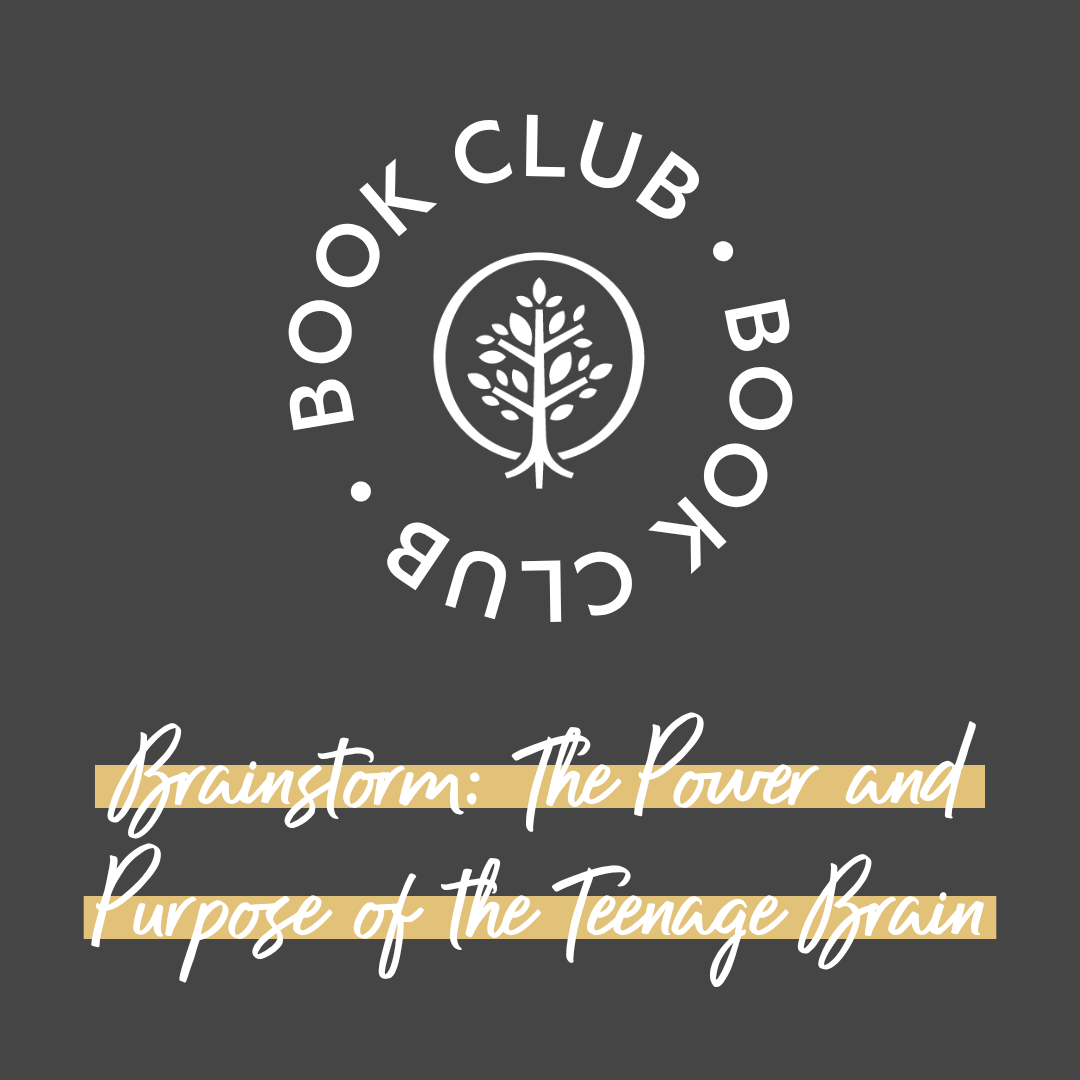Structure vs Nurture

“If a child needs nurture and I give him structure, I harm his ability to trust me. If a child needs structure and I give him nurture, I harm his ability to grow.”
— Dr. Karyn Purvis
Designed to help meet the unique needs of children who have been impacted by trauma, Trust-Based Relational Intervention® (TBRI®) is rooted in connection. Through connection, parents and caregivers can help create felt safety for their children. Even if a child is safe, they must also feel safe.
One of the ways that felt safety can be created is through a balance of structure and nurture.
Nurture
Nurture is all about connection. Through nurture, parents and caregivers can establish trust and disarm fear. Connection can be promoted through playful engagement, eye contact, healthy touch, and tone of voice.
Structure
Structure is where correction takes place. Through structure, parents and caregivers can establish consistency and offer a safe way to model correct behavior. When done right, connection also happens during structure.
Tips for Balancing Structure and Nurture
- One of the best ways to work on your balance of structure and nurture is to examine yourself and your parenting style. Identify any potential triggers and your structure and nurture tendencies.
- If you increase your structure level, also increase nurture level.
- Utilize the IDEAL Response when correcting behavior. Let your response be Immediate, Direct, Efficient, Action-Based, and Leveled.
- Offer re-dos. A re-do is a great opportunity to correct behavior with structure in a nurturing way.
Balancing structure and nurture is crucial for creating felt safety and fostering trust in children and teens. Providing structure without nurture can harm a child’s ability to trust, while providing nurture without structure can impede their growth and self-regulation. The goal is to increase both proportionally, so when a child or teen needs correction (structure), he or she can trust your intentions because of the connection and care (nurture) you have built with your child or teen. To learn more about connection and TBRI, check out Show Hope’s Hope for the Journey resource.




